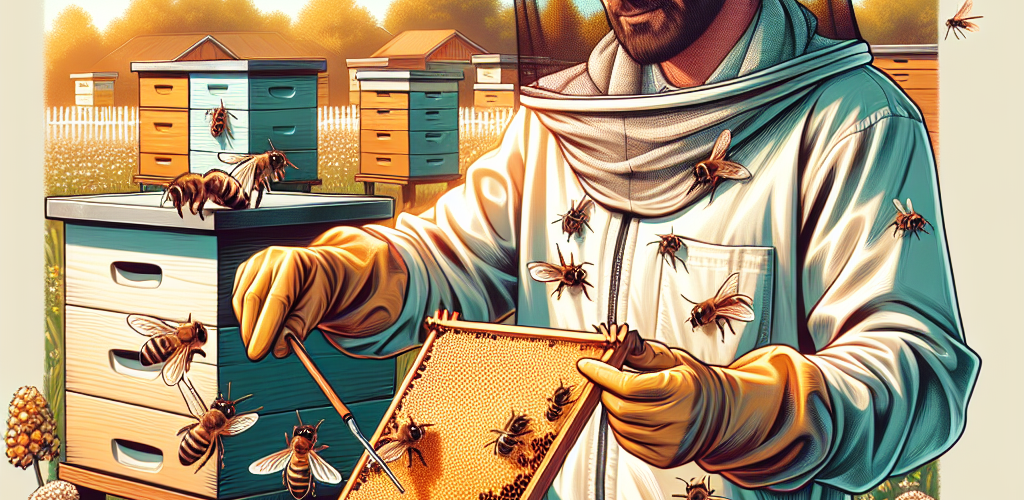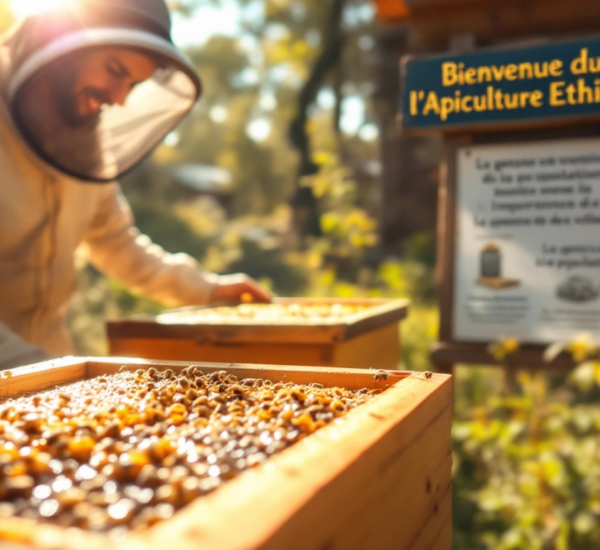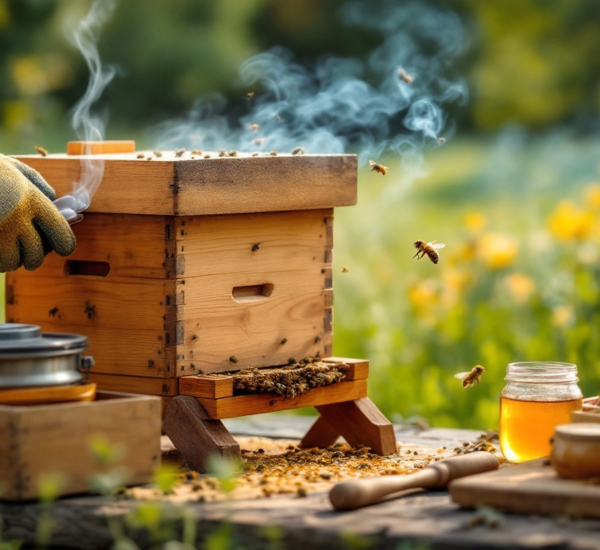Protecting your beehives from pests is crucial for maintaining healthy colonies. Dive into effective strategies for managing Varroa mites and other bee pests to promote bee health and boost honey production.
Introduction
Beekeeping can be a rewarding endeavor, but it comes with its challenges. One crucial aspect of bee health is managing Varroa mites and other bee pests. This post will equip you with the knowledge to effectively control these threats, ensuring your bees thrive.
Understanding Varroa Mites
Varroa mites are one of the most destructive pests to honeybee colonies worldwide. These parasitic mites feed on bee larvae and adults, weakening bees and spreading viruses.
Life Cycle of Varroa Mites
Varroa mites reproduce within the bee brood cells. They lay eggs on larvae, and the young mites feed on the developing bee, emerging with the newly hatched bee.
Impact on Honeybee Colonies
The presence of Varroa mites can lead to deformed wing virus and other diseases, drastically reducing the lifespan of bees and impairing hive productivity.
Identifying Other Bee Pests
Besides Varroa mites, beekeepers must be vigilant against other pests like wax moths and small hive beetles.
Wax Moths
Wax moths can damage comb structures, affecting the hive’s infrastructure. They thrive in weakened colonies, so maintaining strong bee populations is crucial.
Small Hive Beetles
These beetles lay eggs in the hive, and their larvae can consume honey and pollen. Infestations can lead to slime ruining the honey, making it unfit for consumption.
Integrated Pest Management (IPM)
IPM is a sustainable approach to pest control, combining various methods for effective results without harming the bees or the environment.
Monitoring and Identification
Regular monitoring of hives is essential. Identify pest levels early to prevent full-blown infestations. Use sticky boards and regular inspections to keep track.
Biological Control Methods
Introduce predators or parasites naturally occurring in the environment to manage pest populations. For instance, certain predatory mites can control Varroa mites.
Chemical Treatments
When necessary, use organic or targeted chemical treatments that are bee-safe and approved for use, such as formic acid treatments for Varroa mites.
Conclusion
Managing Varroa mites and other bee pests effectively is vital to ensuring healthy beehives and productive colonies. By understanding pest dynamics and implementing IPM strategies, you can safeguard your bees. For further learning on beekeeping techniques, explore our beekeeping guide.
FAQs
1. How often should I check for Varroa mites?
Regularly monitor your hives every two weeks during peak seasons to keep an eye on Varroa mite levels.
2. Are natural pest control methods effective?
Yes, natural methods can be effective, especially when combined with regular monitoring and other IPM strategies.
3. What are some signs of pest infestations in hives?
Signs include deformed wings, reduced bee numbers, unusual bee behavior, and visible pests like mites or beetles.




